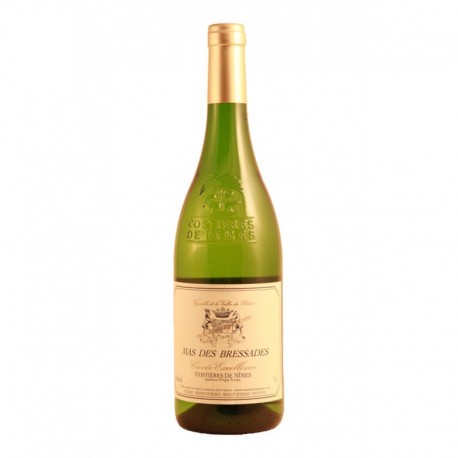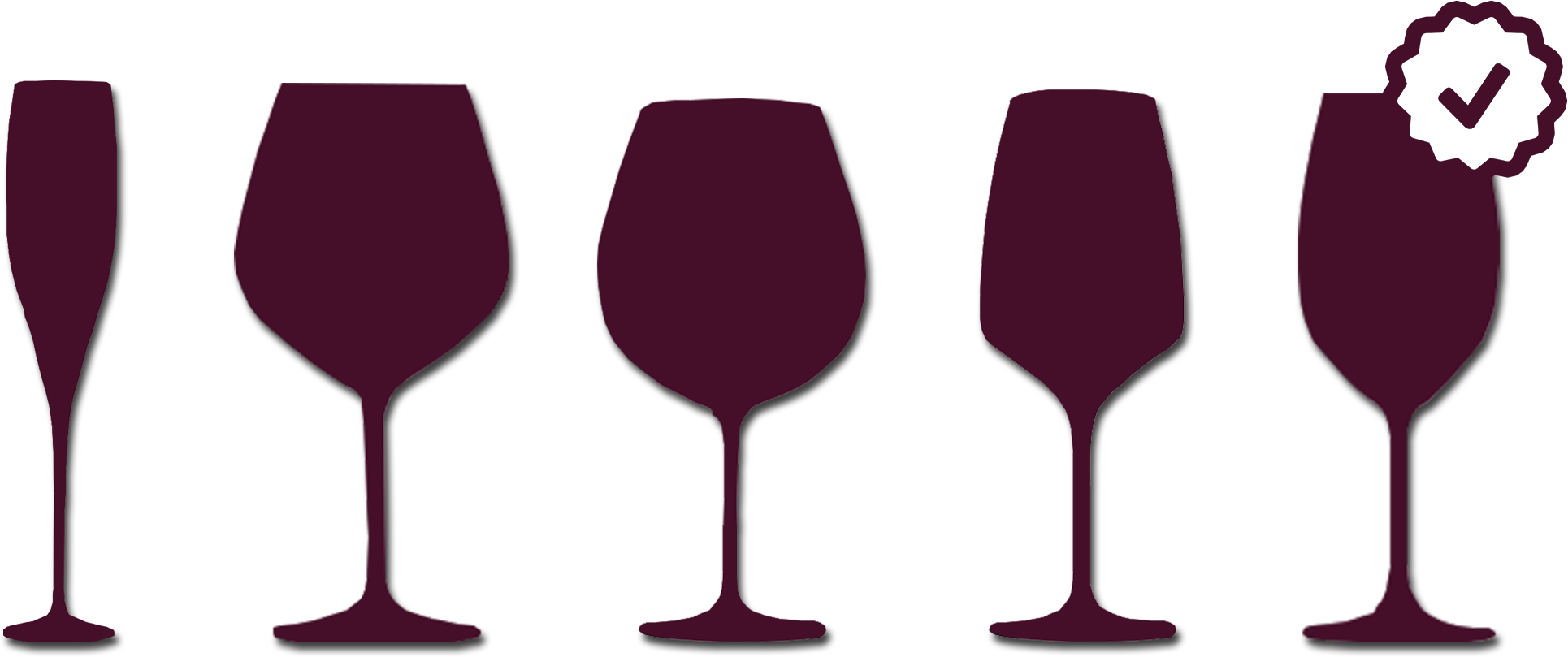No products







Mas des Bressades Costières-de-Nîmes Excellence Blanc 2018
| Region | Rhône |
| Appellation | Costières-de-nîmes |
| Producer | Mas des Bressades |
| Color | White |
| Grape variety | Roussanne 70%, Viognier 30%. |
| Visual aspect | golden color |
| Odor characteristic | Nose very intense floral notes and flint, marked by fisheries keys, exotic fruits and sweet spices. |
| Taste attributes | The good acidity supporting the fruit very supported in the mouth, a lot of fat and finesse. Very concentrated. A very long aftertaste. |
| Aromas | Fruity, floral |
| Breeding container | Always in barrels, this white wine is aged on the lees with regular stirring for 4 to 5 months |
| Operating temperature | 12° |
| Aeration | Non |
| Decanting | Non |
| Wine Advocate Note | 90 / 100 |
| Medals | Médaille d'or au concours des vins de Nîmes 2016 |

This product is no longer in stock
South of the Rhone Valley, 20 km east of Nimes, and in the northeastern part of the appellationCostières of Nimes, the Mas Bressades operated by Cyril Mares since 1996. After studies in agronomy , viticulture and oenology, Cyril has traveled the world before throwing his sights on the region Costières of Nimes. Coming from a family of winemakers creators of the vineyard of Chateau Puy Castera in Haut Medoc.
Five centuries BC, the Greeks are developing the art of cultivating the vine in the region. It was the Romans that ensure its development. From the eighth century, the monks developed extensive vineyards around the abbeys. The abbey of Saint-Gilles, high religious place, wine provided popes in Avignon then installed. In the seventeenth century, the region has a growing boom thanks to the development of communications. The construction of the Canal du Midi restructures the landscape and see the region benefit valves facilitate irrigation of vines and wine production. The arrival of the railroad that accelerates economic development. But the phylloxera crisis, spotted for the first time in the Gard in 1864, decimated the French vineyard. The vine leaves the hills to the rich plains and low-quality grape varieties. After the Second World War, cooperatives, whose development has been rapid, control the bulk of production. For the Minister of Agriculture of the time, it's time to restructure the wine professional organizations. It then loads Lamour, brilliant Parisian lawyer, notorious resistant and owner in the Costières de Nîmes, this mission. This man, in collaboration with Baron Le Roy will become a staple character in the regional viticulture and mark forever the identity of the future AOC Costières de Nîmes. It is the origin of VDQS (delimited wines of higher quality), he set up in 1945. In 1989 the name changed its name to Costieres Nimes.
Second wine region in France after Bordeaux, the Rhone region is one of the oldest in the country. The vineyard is divided into two zones: the northern Rhone Valley and the southern Rhone valley. Other areas furthest part of the region: Vivarais Luberon, through the Diois. The Bordeaux region can produce red, white and rosé, of all kinds: dry, soft, natural and sparkling. However, the red wines are produced in this region (representing 80% of production). At the heart of the southern area is the Grenache grape that made the red wines "solar". However, the vagaries of climate forcing growers to use the assembly technique to balance their wines. Some additional varieties: Syrah, Cinsault, Mourvèdre and Carignan. For white wines, the grape varieties used are: bourboulenc, Grenache Blanc, Clairette, Roussanne, piquepoul, Maccabeo, Marsanne, Vermentino or Picardan. Rosé wines from the same grape varieties as the red wines. In the northern area, for red wines, the syrah grape variety predominates. For white wines, the grape varieties used are: Viognier, Marsanne and Roussanne. The designations are the Rhone region are numerous: Cote du Rhone, Cotes du Rhone-Villages, communal AOC (Condrieu, lirac, Côte-Rôtie, Chateauneuf du Pape, etc.) and AOC independent (luberon, ventoux, grignan les adhémar ...).

